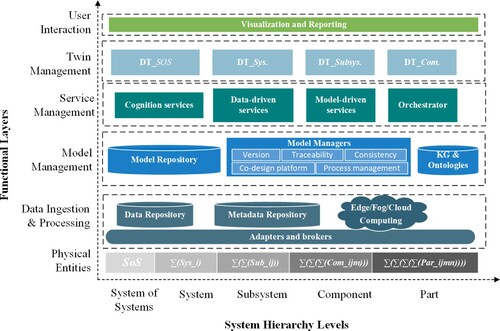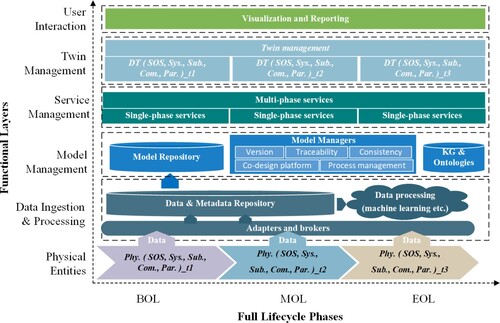Figures & data
Table 1. Definitions of Cognitive Digital Twin and similar concepts from related works.
Figure 1. Comparison between digital twins and cognitive digital twins.
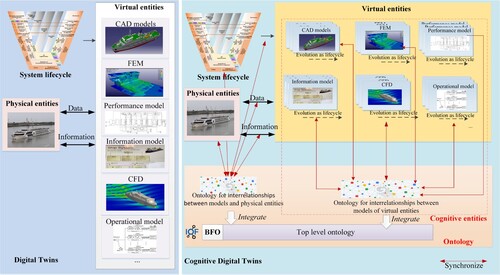
Figure 2. Relation between digital twin and cognitive digital twin.
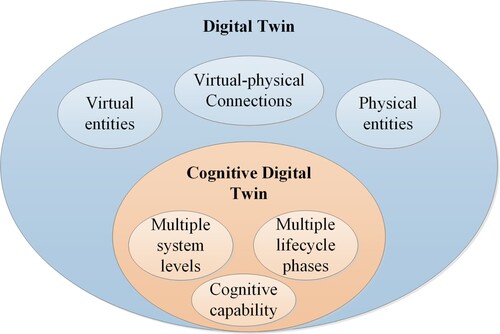
Figure 3. Cognitive engineering journey (adapted from Fariz Saracevic Citation2017).

Figure 4. CDT reference architecture framework (adapted from Adl Citation2016).
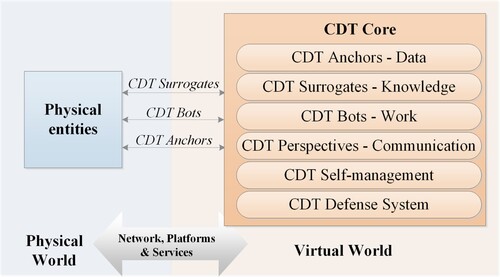
Figure 5. CDT reference architecture based on RAMI4.0.
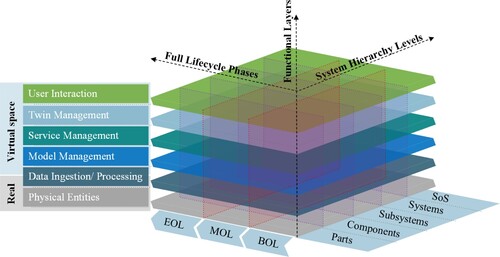
Figure 6. The full lifecycle phases and system hierarchy levels plane of CDT reference architecture.
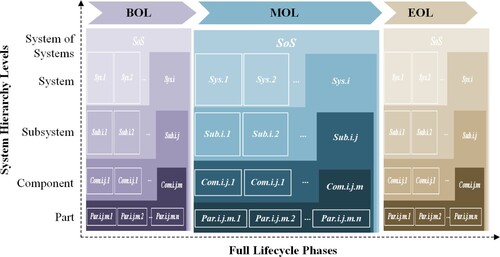
Figure 9. Comparison of functional architecture between CDT and RAMI4.0.
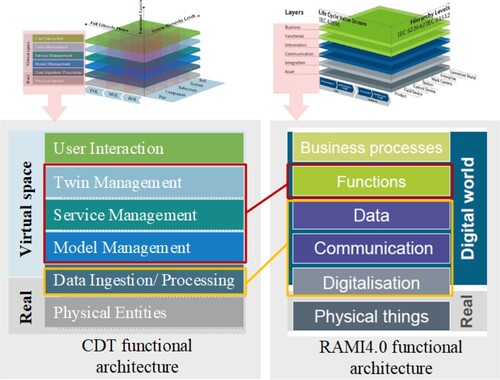
Figure 10. Comparison of CDT functional architecture and ISO/DIS 23247-2 DT framework for manufacturing.
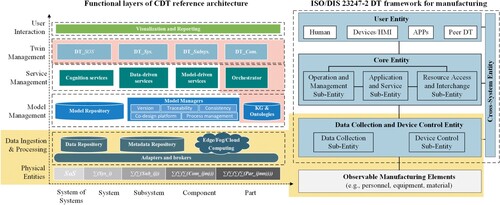
Figure 11. Cognitive Twin Toolbox conceptual architecture (adapted from Abburu et al. Citation2020b).
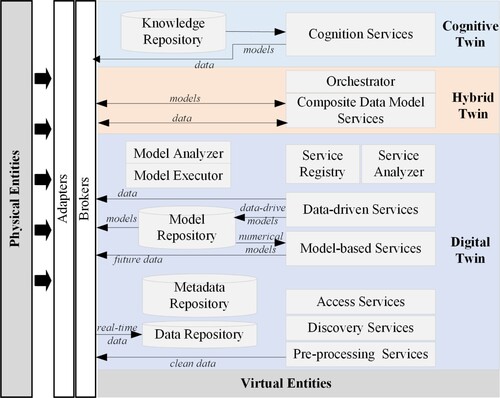
Figure 12. CDT for decision-makings in the manufacturing (Rozanec and Jinzhi Citation2020).
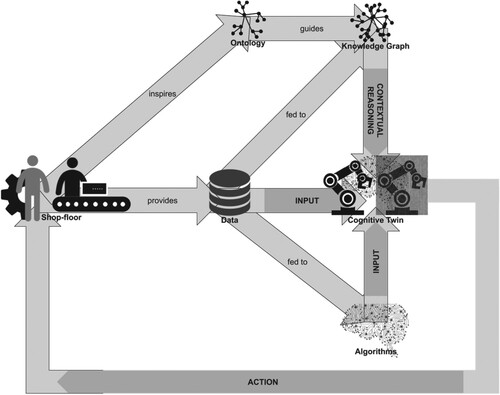
Data availability statement
The authors confirm that the data supporting the findings of this study are available within the article.

